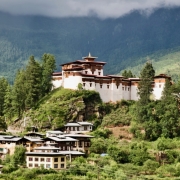Monsoons in Bhutan
Kingdom in the clouds, hidden in the mists of time, shrouded in mystery—these metaphors, likely crafted by a marketing guru, are often used to entice visitors seeking a unique experience.
And this is what you’ll see and experience if you visit Bhutan during the monsoon season, which is now.
You’ll encounter mist rising from rain-drenched landscapes, white expended clouds resting gently on mountain tops, water-logged terraced paddy fields mirroring the monsoon skies and gushing waterfalls splashing down rock faces covered in a thin layer of moss.
From late June through August, the waters of the Indian ocean and the Arabian sea, carried by the south westerly winds, travel thousands of kilometres replenishing the Himalayan landscape and water bodies of this Buddhist kingdom.
The waters unpack stunning views of pristine and rugged landscapes, washing away the blue of distant hills to reveal a distinct lush green.
In the temperate valleys of Paro and Thimphu, the most visited locations, days are warm, and nights are cool. In the southern foothills, bordering the great Indian plains, it can get extremely hot and humid. It is here where most of the moisture from the oceans and the Indo-Gangetic plains gets deposited before rising further up to reach the interior valleys and northern highlands.
One traditional activity of the monsoon is mushroom picking. Bhutan has more than 400 types of mushrooms, ranging from edible varieties to deadly poisonous ones, sprouting in the valleys and dense temperate vegetation.
Mushroom dishes cooked with other vegetables and cheese abound during the rainy season and local markets are filled with fresh mushrooms for sale, picked by farmers with deep knowledge and connection with the land.
It’s a refreshing time to be in Bhutan.

 The Drukgyel Dzong (fortress) in Paro valley.[/caption]
The Drukgyel Dzong (fortress) in Paro valley.[/caption]
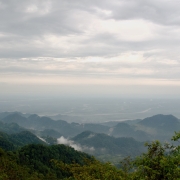
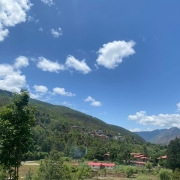
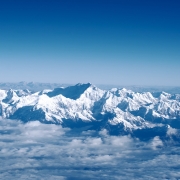

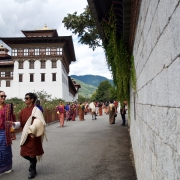
 Thimphu, March 16: There’s one more reason to visit Bhutan – you can buy duty free gold!
Thimphu, March 16: There’s one more reason to visit Bhutan – you can buy duty free gold! 